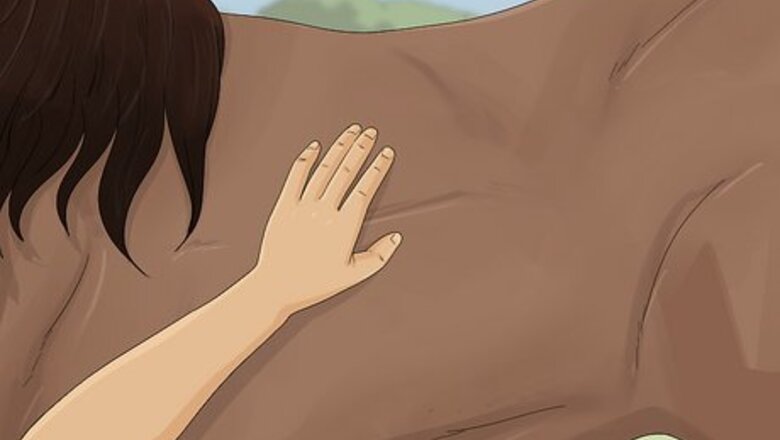
views
Touching Your Horse
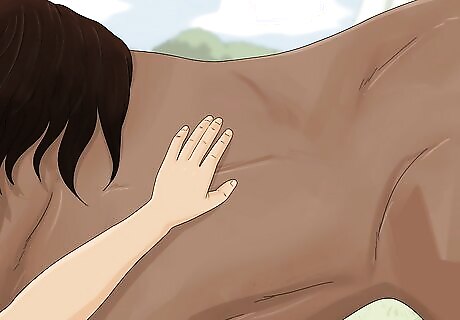
Rub all over your horse's body. Doing this will let the horse know that he can be comfortable and relaxed around you. Be mindful of areas where the horse does not like to be touched; be more cautious in these areas and work on them more slowly. Areas that may be uncomfortable for the horse include the stomach, eyes, and mouth. If you sense discomfort, move away from those areas and come back to them at a later time. Start by using your hands. Once your horse becomes comfortable with your hands, use other materials (bag, cloth) to rub him. Make sure that the other materials will not be abrasive or uncomfortable to the horse.
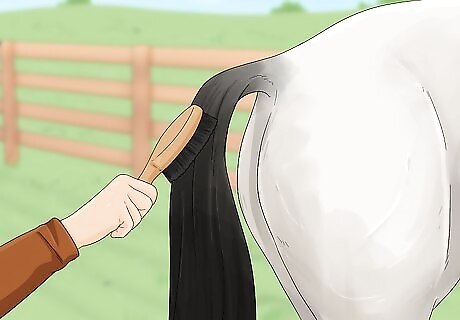
Groom your horse. Like rubbing, grooming shows that you are friendly to your horse and will help him trust you. Focus on areas where your horse particularly enjoys to be groomed, such as the withers, tail, and mane.
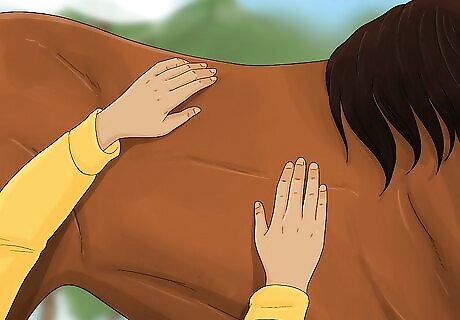
Use other techniques to touch your horse, such as massage. Before massaging your horse, make sure that he is comfortable being stroked.
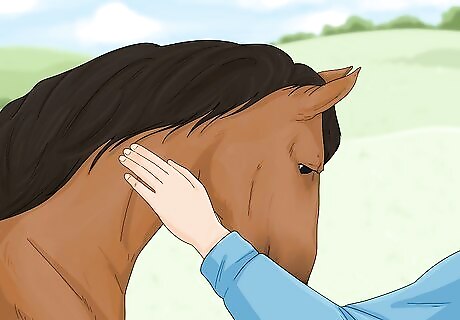
Pet your horse everyday to establish a closer bond. Like when you build a relationship with another person, horses require time and patience to establish a loving bond. Demonstrate how much you care for your horse at every chance you get to help reassure them that you care. Over time, you should start to notice your horse getting more comfortable around you.
Leading Your Horse

Place a bridle on your horse. The horse's bridle will need to comfortably placed on the horse before practicing the various types of leading exercises.
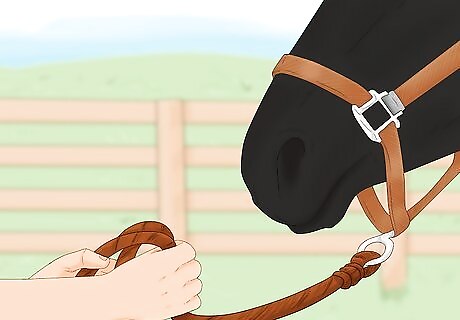
Securely attach the lead rope to your horse's halter. The lead rope will be used to help you lead your horse.

Lead from the lead position. This means that you will be walking ahead of your horse. By being led from this position, your horse will learn that you are dominant and that your personal space should be respected. Be assertive, yet friendly, when establishing the distance to be kept between you and your horse. Decide the speed at which you and your horse will walk, as well as the path of your walk. If your horse steps into your space or crowds you while leading, gently push him away. By doing this, you're telling him that you are in charge and you need his respect. He will want to be around you because you appear to be stronger, bolder, and will protect him as an Alpha horse protects a weaker one in a herd.
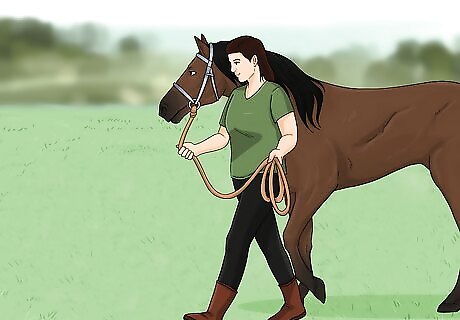
Lead from the partner position. In this position, you will walk shoulder-to-shoulder with your horse. This will teach the horse to walk next to you. Do not try leading from this position until you can easily lead from the lead position. Practice walking backwards, turning left and right, and trotting with your horse from this position. Lead from both the left and right side of the horse. Your horse should still know to respect your personal when you are beside him.
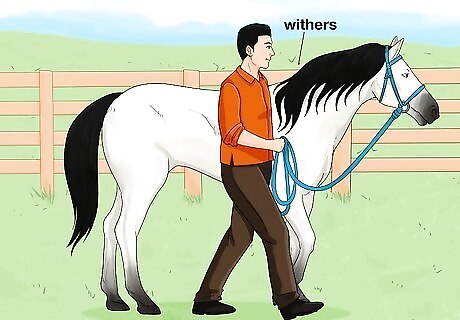
Lead from the drive position. In this position, you will be standing behind the horse's drive line (behind the withers). You will be walking diagonally behind the horse. This position will allow the horse to stop and turn without much resistance from the lead rope.
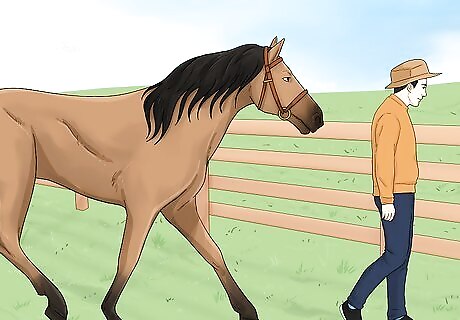
Walk around without the lead rope. This is an alternative approach to leading with the rope. Try this after the horse has learned how to be led. If he follows you, he has accepted you as the alpha. If not, gently coax him to you. Once you have established that you are the alpha, your horse should trust you and respect your space. Because horses are natural followers, they will follow you when you lead them.
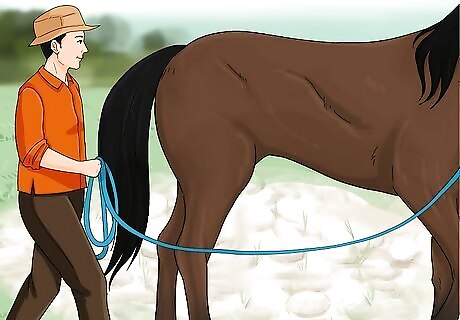
Continue practicing these leading exercises until your horse learns how to be led from different positions.
Applying Direct Pressure to Your Horse
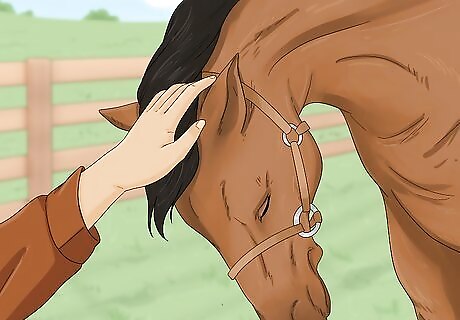
Apply gentle, direct pressure to your horse's poll (behind or right between the ears). Do not let up on the pressure until your horse gives in by lowering his head, even if only slightly. The first time you try this, you may be waiting for several minutes before your horse responds to the pressure. Just be patient and continue to apply pressure.
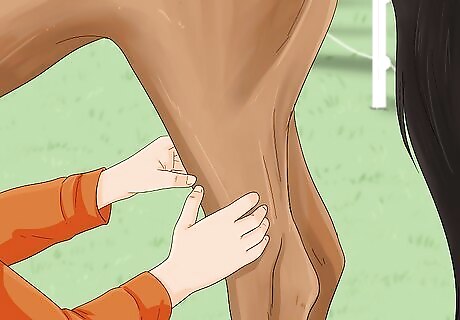
Apply pressure to other parts of his body. The goal is to make your horse comfortable with giving in to pressure on any part of his body. Other parts of your horse's body to which you can apply pressure include his legs, hips and muzzle. Horses apply pressure to each other as a way of asserting dominance. Therefore, if your horse gives in to your pressure, this is an indication that you are dominant to him.
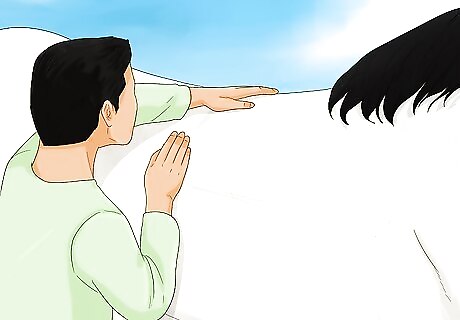
Work on applying this pressure everyday until your horse responds to the pressure each time that you apply it. Although this can be time-consuming and take a lot of patience, using pressure is an important step towards building trust and respect with your horse.
Applying Indirect Pressure to Your Horse
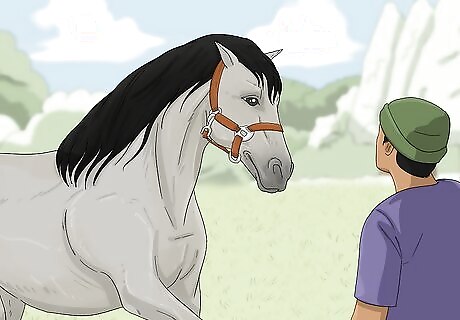
Do not touch your horse. Use driving aids, such as a lead rope, and your own energy to indicate what you want the horse to do.
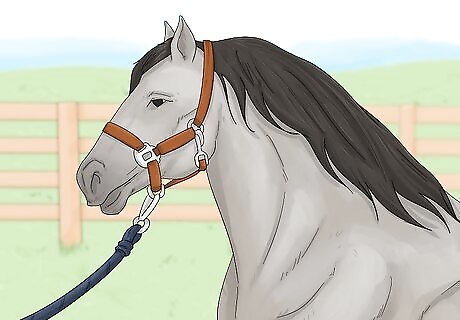
Attach a halter to your horse and secure a lead rope to the halter. The lead rope will be your driving aid.
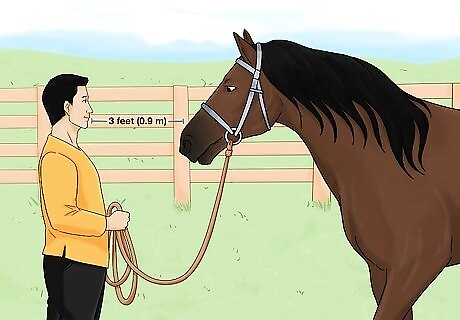
Stand about 3 feet (0.9 m) in front of the horse and hold the lead rope in your right hand. Make sure that the lead rope is not taut.
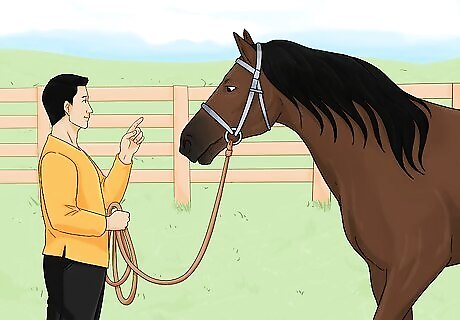
Raise up your right hand and point your index finger towards the horse. This will signal to the horse that you are giving him a command.
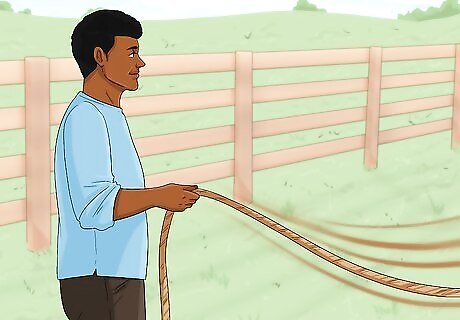
Begin to gently wiggle the lead rope back and forth. The wiggling motion is meant to indicate the horse that it should walk backwards. The horse may either not respond or walk in a direction other than backwards. If this happens, wiggle the rope with more force until the horse at least begins to walks backwards.
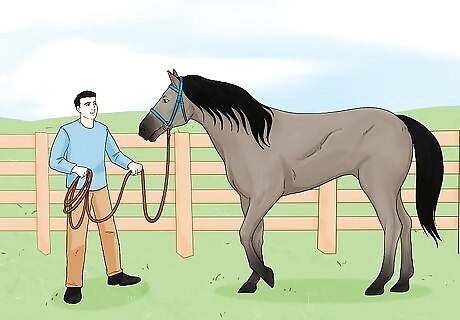
Practice this indirect pressure everyday. Eventually, your horse should learn to walk backwards with only a slight wiggle of the rope or pointing of your index finger.















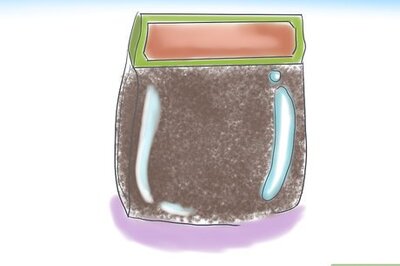




Comments
0 comment